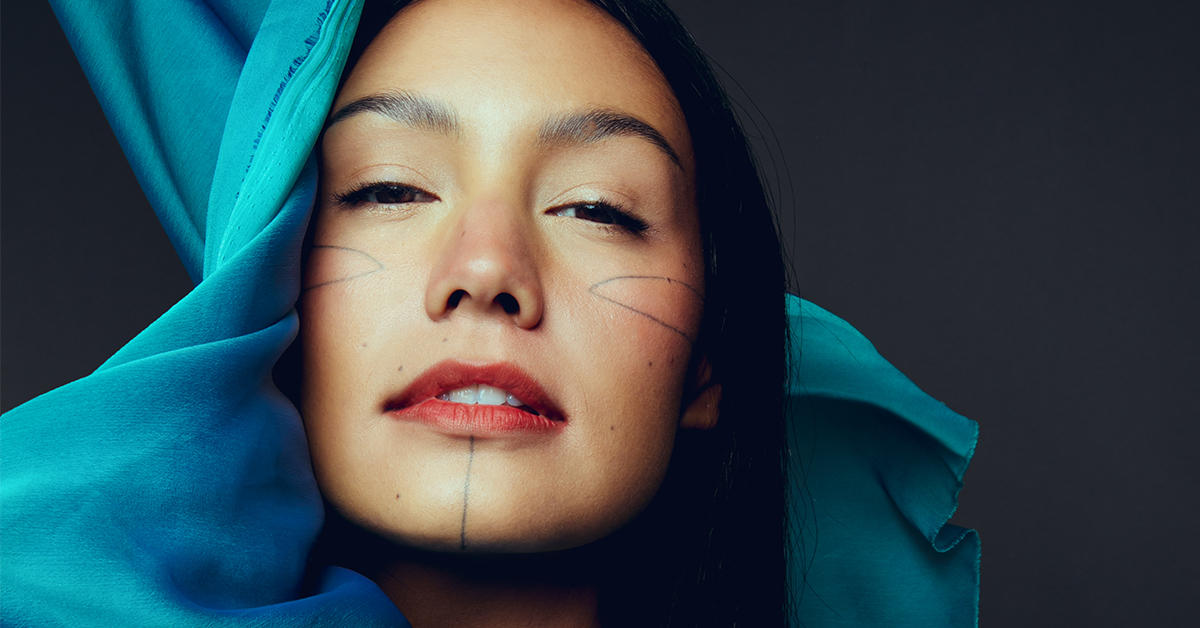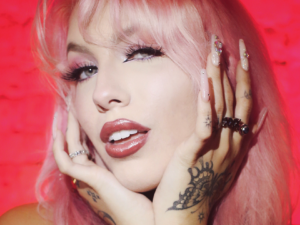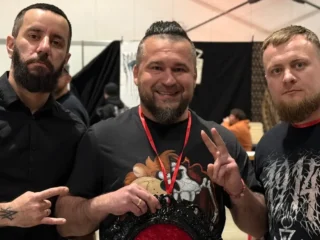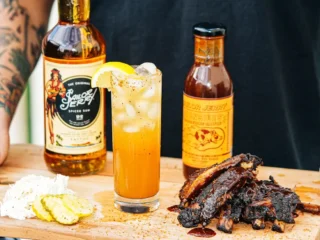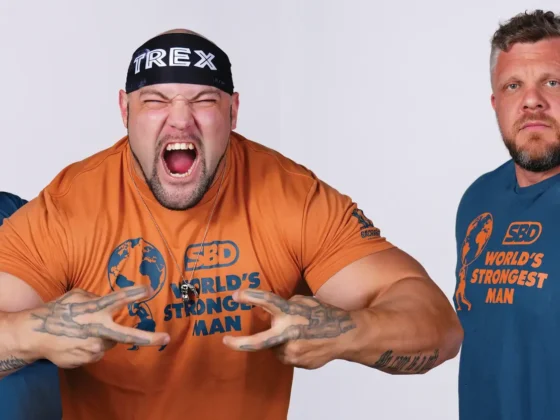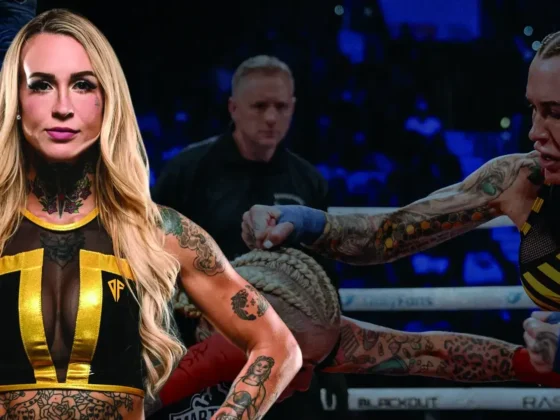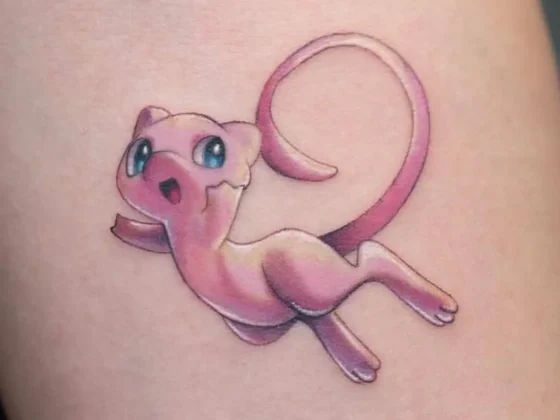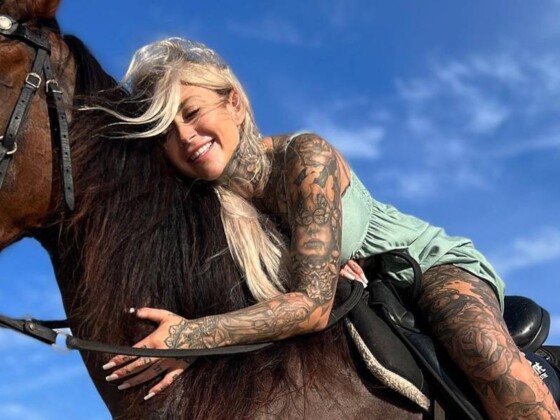Devon Preston
June 7th, 2022
Leaving Her Mark
Shina Novalinga discusses her entry into throat singing, going viral on TikTok and getting her face tattooed
Tattooing is a sacred rite within indigenous communities. In Canada, it links an individual to their ancestral past and preserves a culture in danger of disappearing after years of forced assimilation at the hands of the government. Shina Novalinga is Inuk and when she was 23, she got tunniit, which are traditional Inuit face tattoos. “I went to a program called Nunavik Sivunitsavut, which is all about the history, politics, governance and arts of Inuit culture,” Novalinga says. “I had this amazing teacher who taught us about the history, meanings and beauty of the markings and when I learned about it, I really wanted to get them for myself. It’s a rite of passage and the tattoos are very unique to each individual, not everyone has the same markings.”
The distinctive tunniit was banned in Shina Novalinga’s native Canada, like many other aspects of Inuit culture, during the early twentieth century. Christian missionaries considered the act of tattooing to be “evil,” and within a generation it became increasingly rare to see women with tunniit. In recent years there has been a concentrated effort by many Inuit to reclaim those parts of their culture that had been suppressed by colonialism. This led to a slow and steady revival of the practice, which Novalinga felt compelled to be a part of.
“There aren’t many people who have tunniit and I wanted to encourage younger Inuit who want to get their markings, because there are so many deep meanings behind them,” Novalinga says. “Before I got my tattoos, I drew the markings on my face to see how I liked them and if I’d be comfortable going out in public with them. I noticed it made a lot of people uncomfortable and that’s when I knew I really wanted to get them done. It’s breaking barriers and it’s just so powerful to live that way.”
In some indigenous cultures, your design is chosen for you by the artist or tribal leaders. Shina Novalinga was able to decide on her own markings, opting for a line down her chin and two triangle-shaped markings on either cheek. “The one on my chin represents entering womanhood and being proud of being a woman,” Novalinga says. “With the ones on my cheeks, I just did what felt right on my face and what made me feel beautiful and powerful. That’s what made me feel like me and it just felt right.”
Finding the right artist proved to be just as important as selecting the right markings. Novalinga chose Inuk tattooer Zorga Qaunaq, who practices hand-poked tattooing in Ottawa. “We connected the minute we spoke to each other,” Novalinga says. “I saw her work and it was very beautiful, very well done. There are two different ways to traditionally do the markings. One is hand-poking and the other is sewing, where they sew the skin with some ink and thread. Today, it’s safer to do the hand-poking, so we did that.”
This experience not only allowed Shina Novalinga to connect with her people, it further bonded her with her mother. Novalinga’s mother, Kayuula, went along with her and got her chin tattooed as well. Novalinga and her mother have an extremely close relationship, with Kayuula passing down Inuit traditions to her daughter to keep her close to her roots. Novalinga was born in a small Inuit village in Northern Quebec, but she’s spent most of her life in Montréal. Being away from nature and her community has presented many challenges; however, she’s always been encouraged to embrace her heritage. “Luckily, I’ve always had my mother by my side to teach me everything,” Novalinga says. “That’s how I learned to throat sing and that’s why I’m doing what I’m doing here today.”

Throat singing, also known as katajjaq, is practiced among the Inuit and performances often consist of two women singing in a face-to-face formation without any instrumental accompaniment. It’s an artform that requires a lot of time, skill and practice. Novalinga began when she was only 7. “It’s very difficult to learn how to throat sing, but because I learned through my mother, it made it easier for me to make mistakes,” Novalinga says. “[The skill] can only be passed down orally and it’s not something I learned overnight. It takes years of practice and even my mother explains to me how she’s still learning. There’s also a mix of so many emotions learning throat singing from someone you love and care about so much. There’s a lot of love and spiritual connection—it’s a very healing journey.”
Throat singing is an extremely insular artform that is seldom showcased in the mainstream media. Like tunniit, it was also banned during the early 20th century and it wasn’t until the early 1980s that Inuit were allowed to practice again.
“Throat singing was considered demonic and sexual by a lot of non-Inuit people,” Novalinga says. “We were ashamed to practice our culture, speak our language and throat sing. My mother always tells me the story of four elders in our community who knew how to throat sing and because of those elders, we were able to pass it down to younger generations.”
Novalinga’s mother passed down the knowledge she learned from those elders, as well as the significance katajjaq holds for the Inuit. Kayuula encouraged her daughter to share throat singing with the entire world, prompting her to get on TikTok in April 2020. As the throat singing videos started to become popular, Novalinga saw an opportunity to educate others about many facets of Inuit culture. Unlike so many other content creators on the platform, she isn’t merely chasing clout, a fact seen through the meaningful interactions she’s had with others that could only be possible through TikTok. “The best parts of it would be having strangers come up to me, tell me what they’ve learned and how much they appreciate us sharing our culture with the world,” Novalinga says. “It really touches me because not many people know about Inuit, even here in Montréal. People didn’t know who the Inuit were, so it’s definitely a big change in that sense. It’s been amazing seeing the indigenous community grow on the platform.”
In the two years she’s been on the platform, Novalinga has become one of its most visible indigenous creators. This has presented her with numerous opportunities, from modeling in a beauty campaign for Sephora to appearing on the cover of “Elle Canada,” alongside three other indigenous women. It’s also allowed her to record her first throat singing album with her mother in 2021, “Mother and Daughter Throatsinging.”
“We did the album to preserve throat singing because it was almost a lost tradition,” Novalinga says. “We wanted younger generations to be able to listen to it and keep it alive. In doing this with my mother, I’m also able to watch myself grow because I’m still in the process of learning my culture. The album allows us to be able to capture those moments and encourage other Inuit or anyone who’s struggling to learn their identity.”
Because of Shina Novalinga, more people know about Inuit throat singing than ever before. She’s showcased the beauty of being Inuk to the world and in doing so, she’s found her purpose. Who knows what she’ll take on next—she could lead an indigenous advocacy organization or even become the first throat singer to win a Grammy. The sky’s the limit and Novalinga is ready to take flight.

Editor's Picks
Chris Brown’s Face Tattoo Shows His Heart and Sole
Chris Brown has a brand new tattoo! Long gone are the days of the baby faced teen, Brown is all grown up and has the tattoo collection to prove it!…
Oh Me, Oh My
Chrissy Chlapecka on finding her voice, spreading self-love on TikTok and releasing her first single

